
not marketing.
responsibility is a matter of culture,
not marketing.

It’s a given
It’s a given

elevates exceptional craftsmanship
the natural choice
the natural choice
Environment
Social
Governance
Focus & Best Practices
Message from the President
For over 20 years, we at UNIC Concerie Italiane—the Confindustria member association representing the Italian tanning industry nationally and internationally since 1946—have been sharing our sector’s commitment to sustainability across environmental, social, ethical, and economic dimensions. Over time, the scope of our monitoring has expanded, incorporating new insights, topics, and content to address evolving demands for sustainability information—often anticipating them. This has enriched both the technical debate within the supply chain and the broader discussion in public opinion and legislation.
From 2003 to 2023, we published the results of this monitoring annually in the Sustainability Report of the Italian Tanning Industry, one of the first and longest-running reports of its kind in Italy for an industrial sector.
Now, we are raising the bar by launching this website—a more timely, flexible, and accessible communication tool—to consolidate and share all the data, projects, activities, and best practices gathered over the years.
Our goal remains the same: to measure and communicate the commitment of Italian tanneries to fostering truly sustainable production and consumption. We bring this vision to life by promoting research and innovation to reduce environmental impact and ensure product safety for human health. Above all, we strive to achieve this through continuous dialogue with all our stakeholders—from the supply chain to institutions, the public, and civil society. This ongoing exchange allows us to uphold and refine our vision of sustainability, sharing it with our communities while enriching it with new values.
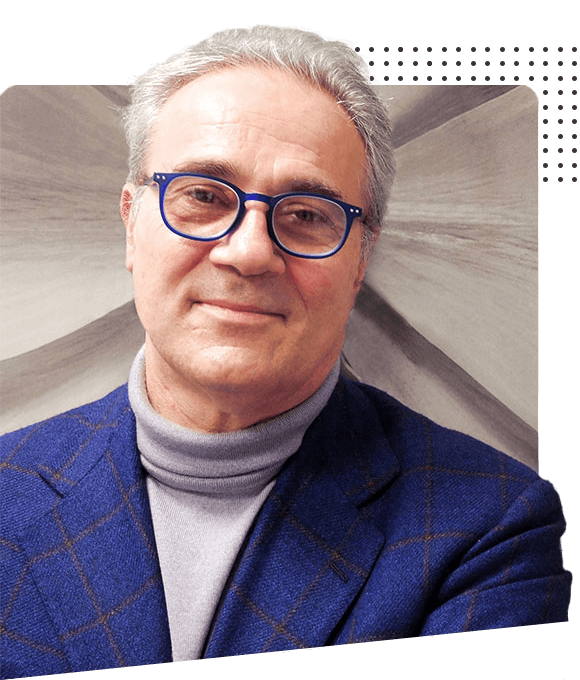
Fabrizio Nuti
UNIC – Concerie Italiane
Nuti Ivo Group President
Learn about the Italian tanneries
and other contributing companies
SUSTAINABLE DEVELOPMENTS GOALS
Our commitment to sustainability within a global framework
For several years, the Italian tanning industry has shared its values, goals, activities, impacts and results through the lens of the United Nations Sustainable Development Goals (SDGs) – part of the 2030 Agenda and its 169 targets – alongside the European Green Deal.
This commitment requires significant effort, but these goals also present an opportunity for development and growth. They drive change not only in manufacturing and supply chain practices but also in consumption patterns.

Discover the SDGs most relevant to the Italian tanning industry.
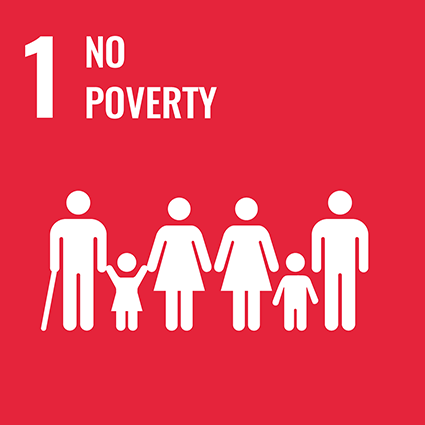
Tanning is one of the earliest industrial activities to emerge in countries with a strong agricultural identity. As a result, it is also one of the most widespread industries worldwide, particularly in least developed countries (LDCs) and developing countries (DCs), where it plays a crucial role in generating income and employment

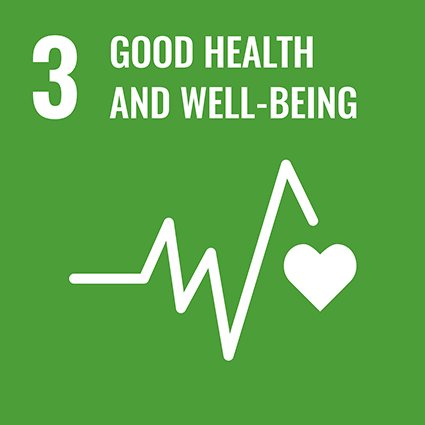
Italian tanneries place a strong emphasis on the health and safety of workers, customers, and end consumers. This commitment has led to significant achievements in preventing occupational diseases and workplace injuries, as well as ensuring high standards of product safety

Training has always been a key pillar for the entire leather supply chain—not only for workforce development and skills enhancement but also for ensuring companies remain competitive over time

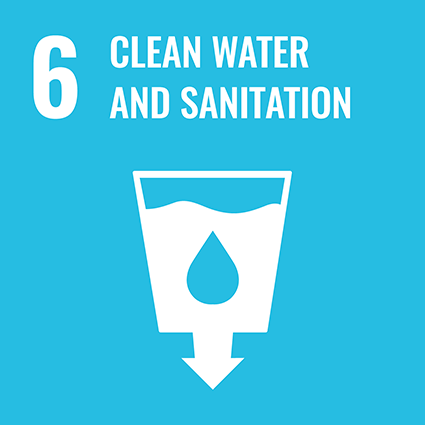
To minimize environmental impact, Italian tanneries use state-of-the-art wastewater treatment plants, often managed as consortium-based facilities specializing in purifying tanning effluent. This commitment to sustainability predates even the earliest wastewater management regulations
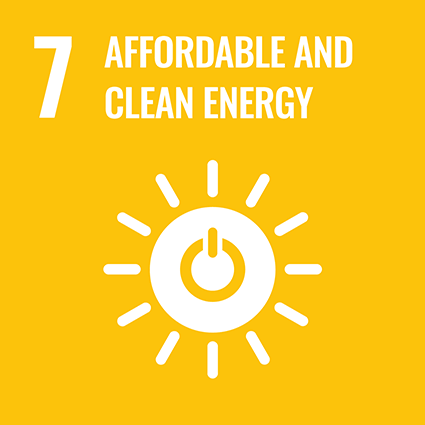
Although leather processing itself is not energy-intensive, the Italian tanning industry has significantly reduced energy consumption in its production processes. At the same time, it has increased the use of renewable energy sources and implemented high-efficiency cogeneration plants
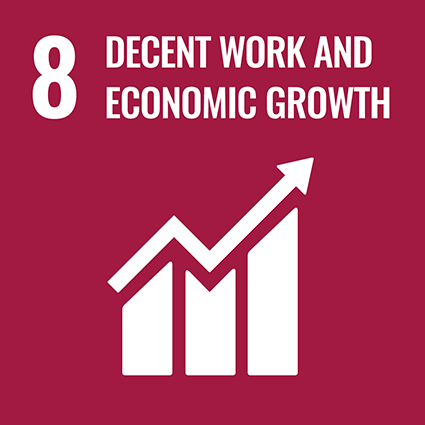
The Italian tanning industry is primarily composed of small and medium-sized family-owned businesses, where advanced technological processes are combined with strong artisanal creativity. Ensuring business continuity is key to maintaining a highly skilled and specialized workforce


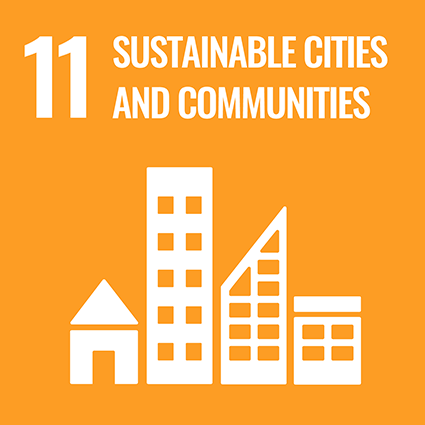
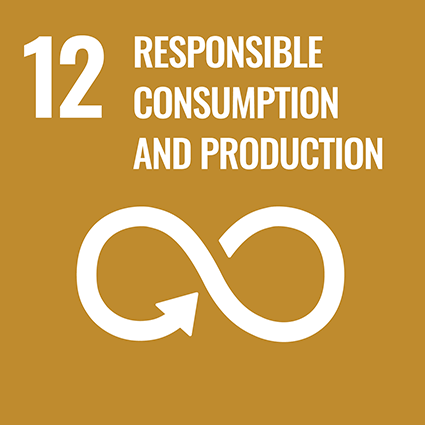
Numerous best practices have been implemented throughout the leather supply chain to minimize, recover, and reuse production waste—either within the industry itself or in other sectors
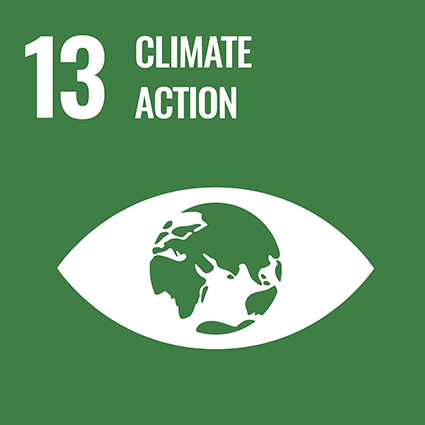
As a highly bio-based material, leather plays an important role in CO₂ sequestration. Life Cycle Assessment (LCA) studies of production processes have led to targeted strategies and actions to further reduce climate-altering emissions
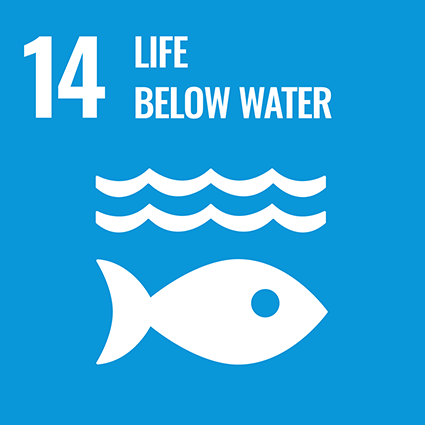
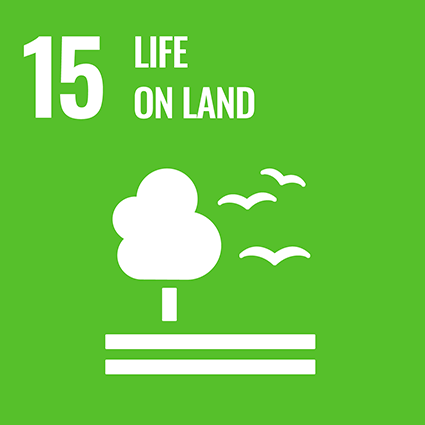
Leather's sustainability is rooted in the responsible management of raw materials and the reduction of environmental impact on natural ecosystems. UNIC has consistently supported the industry with projects focused on animal welfare, as well as the fight against deforestation and environmental degradation

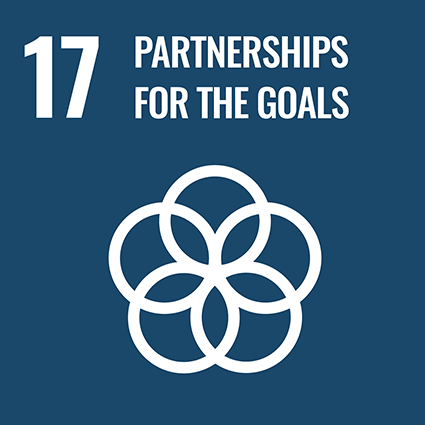
The tanning industry is just one part of the broader leather supply chain. Therefore, assessing and measuring the material’s sustainability requires strong and active engagement from all industry players and relevant stakeholders
Italian Tanning Industry in Numbers
– 2024 DATA –

Companies

Employees

Millions of square meters
(production volume)
Billions of euros
(production value)

European Production
(by value)
Global production
(by value)
Supply & Value Chain
The leather supply chain has unique characteristics, as it is based on the recovery of a waste from the meat industry, that becomes a byproduct: the raw hides. Through a chemical-mechanical re/upcycling process, tanneries transform these hides into a high-performance material, traditionally used across various manufacturing sectors.
The supply chain for leather can be traced back to the upstream segment of the meat industry (livestock farming, slaughterhouses), while the value chain begins after the animal is slaughtered, when the hide takes on its own distinct identity as a material.










